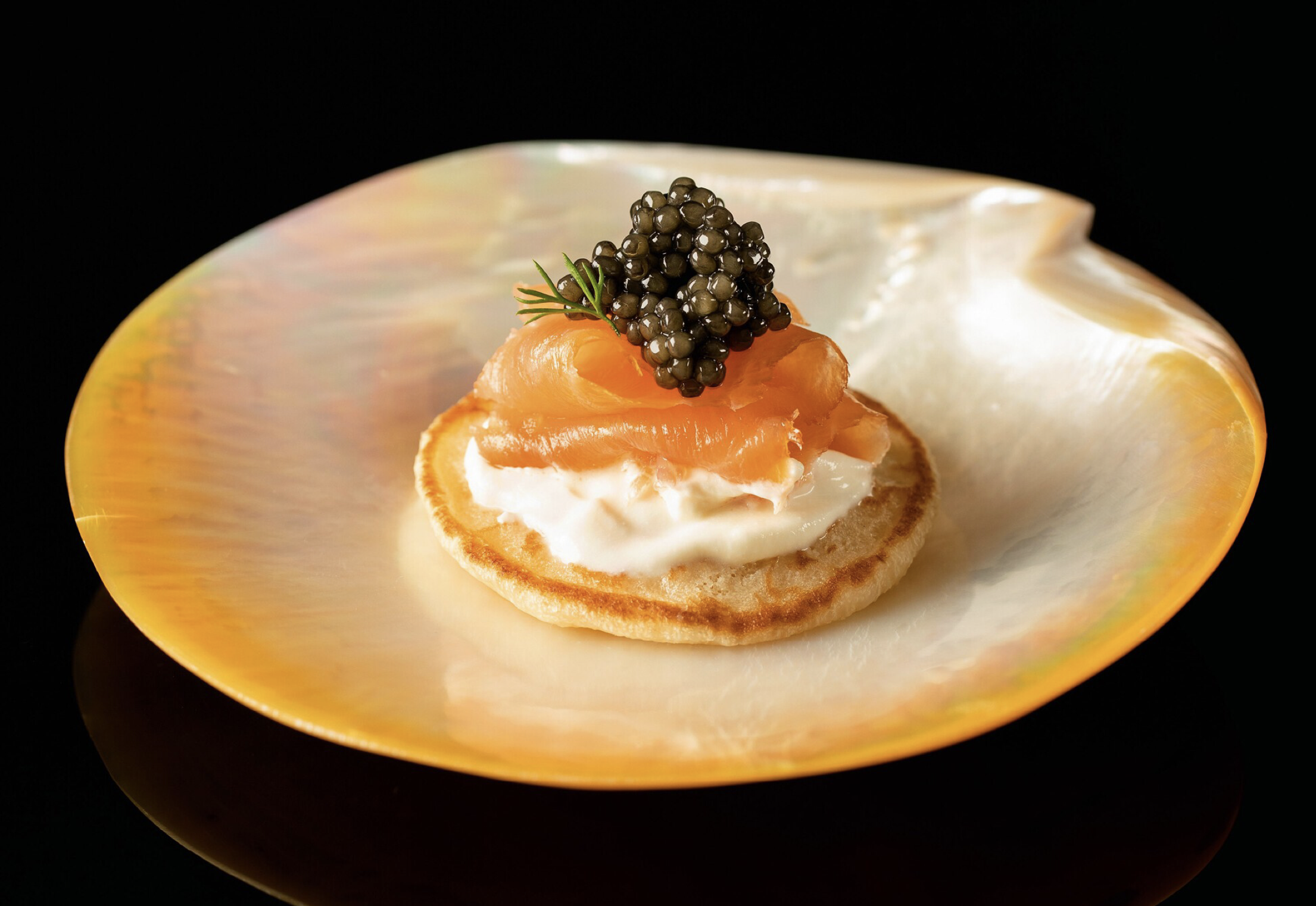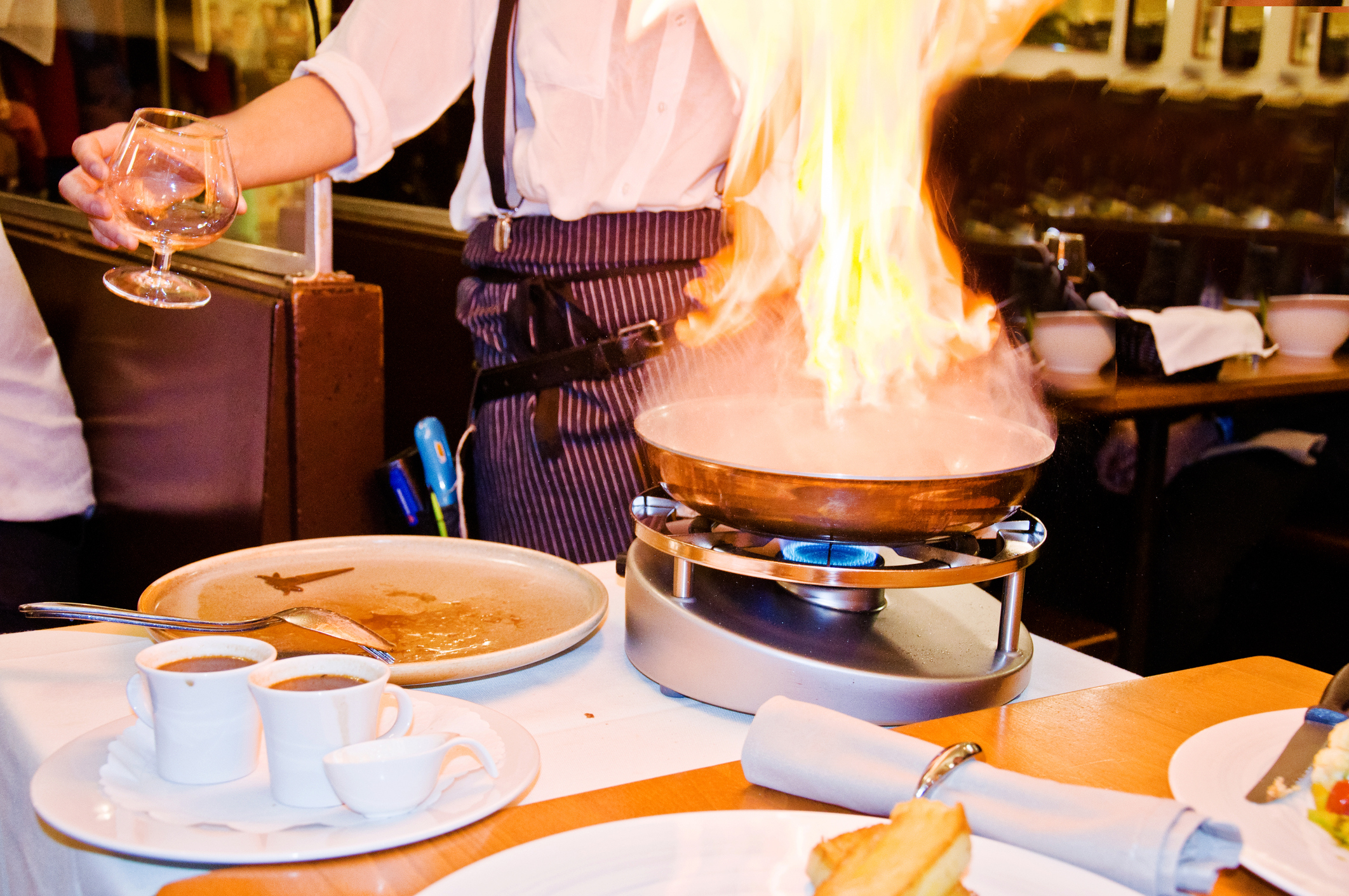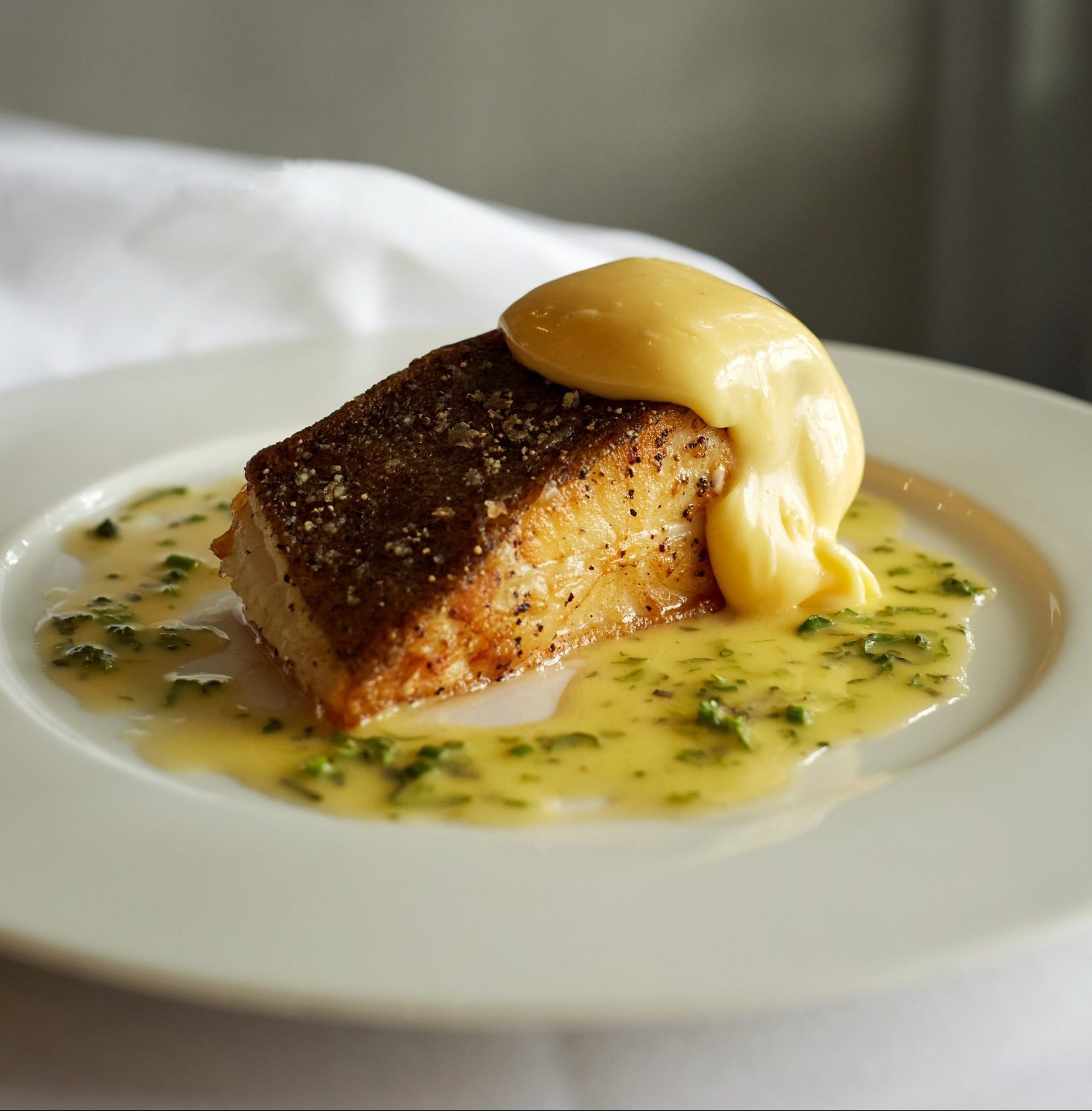Tom Parker Bowles shares his sublime fish pie recipe, but with a few rules attached
To salmon or not to salmon? Cod or monkfish? Pastry or mash potato? Whatever your preferences, Tom's recipe is sure to spread joy at the dinner table.


The lamprey is a strange, sinister and primitive fish, more suited to slithering through the darkest recesses of your deepest fears than being turned into a pie. Long, sinuous and slimy, this eel-like beast has a rounded sucking disk for a mouth, packed with razor-sharp teeth. And, although it clamps onto its prey (pretty much anything that swims, from sole to shark), extracting the blood like a deep-sea Dracula, its tastes are admirably omnivorous. In Ancient Rome, lampreys were highly prized as delicacies, farmed in vast tanks. Tanks into which errant slaves were pushed by cruel masters, to suffer a slow and excruciating death.
Their meaty flesh was similarly adored in medieval times. Indeed, Henry I was famously supposed to have perished thanks to a ‘surfeit of lampreys’, baked into a pie. These pies were held in such high esteem that the people of Gloucester have, for the past eight centuries, traditionally sent one to each newly crowned monarch, right up to Elizabeth II. The city sits on the banks of the River Severn, which once teemed with the mini-monsters. Numbers have dwindled to next to nothing, which is why the pie baked for the coronation of Charles III was made from pork — albeit still adorned with three pastry lampreys.
It’s certainly not the most subtle tasting of fish. I once ate a lamprey empanada in Galicia, Spain, and remember it for all the wrong reasons. The flesh was unpleasantly fishy — one bite was certainly enough. Eel pie, once a London street-food staple, is a far more attractive proposition, although that, too, has sadly disappeared, remembered — in name only — at Twickenham’s Eel Pie Island. The only other pastry-topped fish pie I’ve eaten is Stargazey, that West Country speciality that sees pilchard heads poke through the crust, gazing up at the constellations above.
'Despite its delicate-seeming fronds, it's a thug of a herb that tends to dominate everything that crosses its path'
No, when it comes to fish pie there can only be one, the British nursery classic, with chunks of tender fish enveloped in a silken bechamel sauce. The top must be made from mashed potato, dotted with butter, then cooked until crisp and golden. It should always be eaten with a spoon. As to the contents, well, it’s a deeply personal choice. One man’s cod is another man’s monkfish. Prawns, scallops, even sliced boiled eggs are welcome additions, but, please, go easy on the dill. Despite its delicate-seeming fronds, it’s a thug of herb that tends to dominate everything that crosses its path.
There are, however, two non-negotiable rules. First, that salmon has no place in a fish pie. Ever. Putting aside the inherently unsustainable, environmentally ruinous horrors of open-water fish farming, salmon is too oily by far. You wouldn’t add herring, trout or mackerel. The same goes for salmon — wrong, on every level.
The other essential is smoked fish, preferably un-dyed haddock. Because, without it, the pie becomes overwhelmingly rich and beige, a one-note study in creamy excess. It needs that whiff of woodsmoke to bring it all together and give it some extra depth.
Which is why this month’s recipe comes from Let’s Eat, written by, er, me. Apologies, but it is the result of many years of tinkering and fiddling about. The scallops may seem extravagant, but, when making a serious fish pie, you may as well push out the boat.
Exquisite houses, the beauty of Nature, and how to get the most from your life, straight to your inbox.
Recipe: A really good fish pie
Ingredients
Serves 6
- 600ml full-fat milk
- Half a small onion, sliced
- 6 black peppercorns
- 1 bay leaf
- 2 fresh parsley stalks
- Blade of mace
- 300g undyed smoked haddock
- 115g cod, gurnard or pollock fillets
- 150ml dry white wine
- Tabasco sauce
- 175g small cooked prawns
- 1 small pot (about 55g) of potted shrimps
- 12 uncooked queen scallops (optional)
- Big bunch of flat-leaf parsley, finely chopped
For the mash
- 1.3kg Maris Piper potatoes, scrubbed
- Sea salt and freshly ground black pepper
- 6tbspn full-fat milk
- 50g butter, plus 25g to dot on top
For the bechamel sauce
- 50g butter
- 50g plain flour
- 2tbspn double cream
- White pepper
Method
To make the mash, put the potatoes in a large pan of salted water, bring to the boil and simmer for 20–25 minutes. Tip into a colander, let them cool, then peel.
Heat the milk and butter in a small saucepan until the butter melts, then add to potatoes and mash.
Preheat the oven to 180˚C/350˚F/gas mark 4. Put the milk, onion, peppercorns, bay leaf, parsley stalks and mace into a large shallow pan, heat to a simmer and poach the smoked haddock and cod for 5–6 minutes. Lift out the fish, remove skin and any bones and set aside. Strain the milk through a sieve into a measuring jug. Discard the flavourings.
To make the bechamel, melt the butter in a saucepan over a low heat, stirring in the flour using a wooden spoon and cook for 2–3 minutes. Do not let it brown. Remove from the heat and slowly stir in reserved milk until smooth, adding more milk if needed. Add cream and cook for 2–3 minutes, adding salt and white pepper to taste.
Add the wine to the bechamel and cook gently, stirring, for another two minutes. Add a big dash of Tabasco. Add fish, shellfish and chopped parsley and put into a pie dish.
Cover fish mixture with mash; using a fork, fluff up top into small waves and dot with a little extra butter. Put it in the oven for 20–30 minutes, until it’s bubbling and the top is golden.

Tom Parker Bowles on the classic English food that's 'never dull, comforting, and impossible to resist'
We defy you to Tom Parker Bowles's puddings piece and not hanker after a steak and kidney pudding. Thankfully, Tom

‘I hated it at first’: Britain’s top caviar supplier on eggs, royal clientele and the future of Beluga sturgeon

Tableside cooking: Dinner with a side of drama
Tableside cooking is nothing new, but modern-day diners have forgotten how fun it can be, says Tom Parker Bowles, who

How to make Rick Stein’s turbot with hollandaise — and why you should never make it with a perfectly fresh fish
A versatile Old Master, turbot is a flat fish so eternally appealing that it commands its own cooking vessel, says
Tom Parker Bowles is food writer, critic and regular contributor to Country Life.
